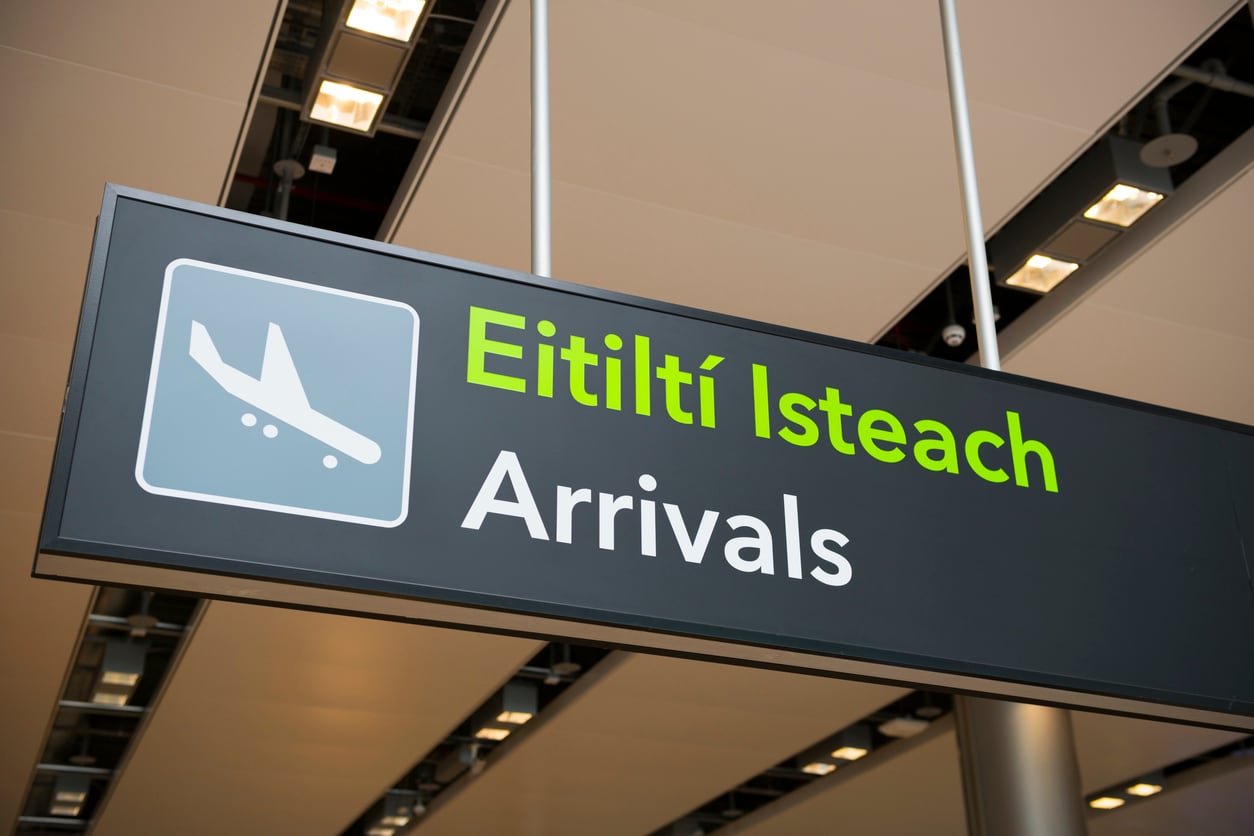There are two key takeaways from Sinn Féin’s new immigration policy, which has been launched just weeks after a disappointing local election campaign. Firstly, it is obvious that the party wants to win back the support of under-pressure and working class communities which feel disconnected from Sinn Féin on the issue of immigration.
Party leader Mary Lou McDonald made it clear that she believes better-off areas should be shouldering more responsibility for housing International Protection Applicants, rather than areas which have suffered from disadvantage. Sinn Féin wants to see communities audited before anyone is housed there, using specific criteria to determine whether the area is suitable or not.
The second takeaway flows from this: the way is now effectively cleared for elected representatives in Sinn Féin to object to asylum seeker accommodation plans because the audit they called for has not happened.
The party says that such a pre-assessment would look at the availability of services including GPs and school places, the proximity to transport and also the existing levels of disadvantage. This, they say, will govern the selection of locations for accommodation. Asked what other data would be used, Sinn Féin referenced census data, CSO data and also the Pobal HP Deprivation Index.
READ MORE
McDonald was asked on Tuesday to name three places where accommodation centres could potentially be located if all of these criteria were to be met (enough school places, easy access to doctors and healthcare, plenty of public transport, no disadvantage) but she dismissed the question by stating that arbitrarily naming locations has been part of the problem.
It was a fair question, though. Once these factors are considered, alongside public submissions, it is hard to see any location where new centres would pass muster. Regardless of this, Sinn Féin are zoning in on something specific. Some of the anger or anxiety in communities around the country has come on the back of a feeling locally that resources are being spread too thin. Sinn Féin is attempting to tap back into that anger, to align itself more closely with the views of these voters.
Whether an extensive community audit is feasible or unfeasible is probably not a question that will overly vex the Sinn Féin leadership, as the party moves firmly back into the trenches of being the main party of Opposition rather than giving answers as if they were already in government.
Sinn Féin also stood accused before the last election of not having a crystal clear immigration policy. The message on Tuesday was: we have a plan – and it’s different from the Government’s plan. Apart from the extensive community pre-assessment idea, though, it is not a world away from what the Coalition is doing.
Sinn Féin say, for example, that they want to treble the numbers in the International Protection Offices from 400 to 1,200. At present there are around 480 staff working in the IPO, and the Government has already pledged to increase the number of staff by 400 in the next 12 months. Sinn Féin also wants to ensure “greater follow up” of deportation orders; the Government has freed up 100 gardaí from back office roles to support immigration enforcement activities, including deportations.
The big push in Sinn Féin’s new plan is undoubtedly towards working class voters and under pressure communities. In making their pitch, Sinn Féin has told middle-class communities they will likely have to do more. This, Mary Lou McDonald said, is a “fair ask.” Sinn Féin has asked, but how will those voters respond?
- Listen to our Inside Politics Podcast for the latest analysis and chat
- Sign up for push alerts and have the best news, analysis and comment delivered directly to your phone
- Find The Irish Times on WhatsApp and stay up to dat












